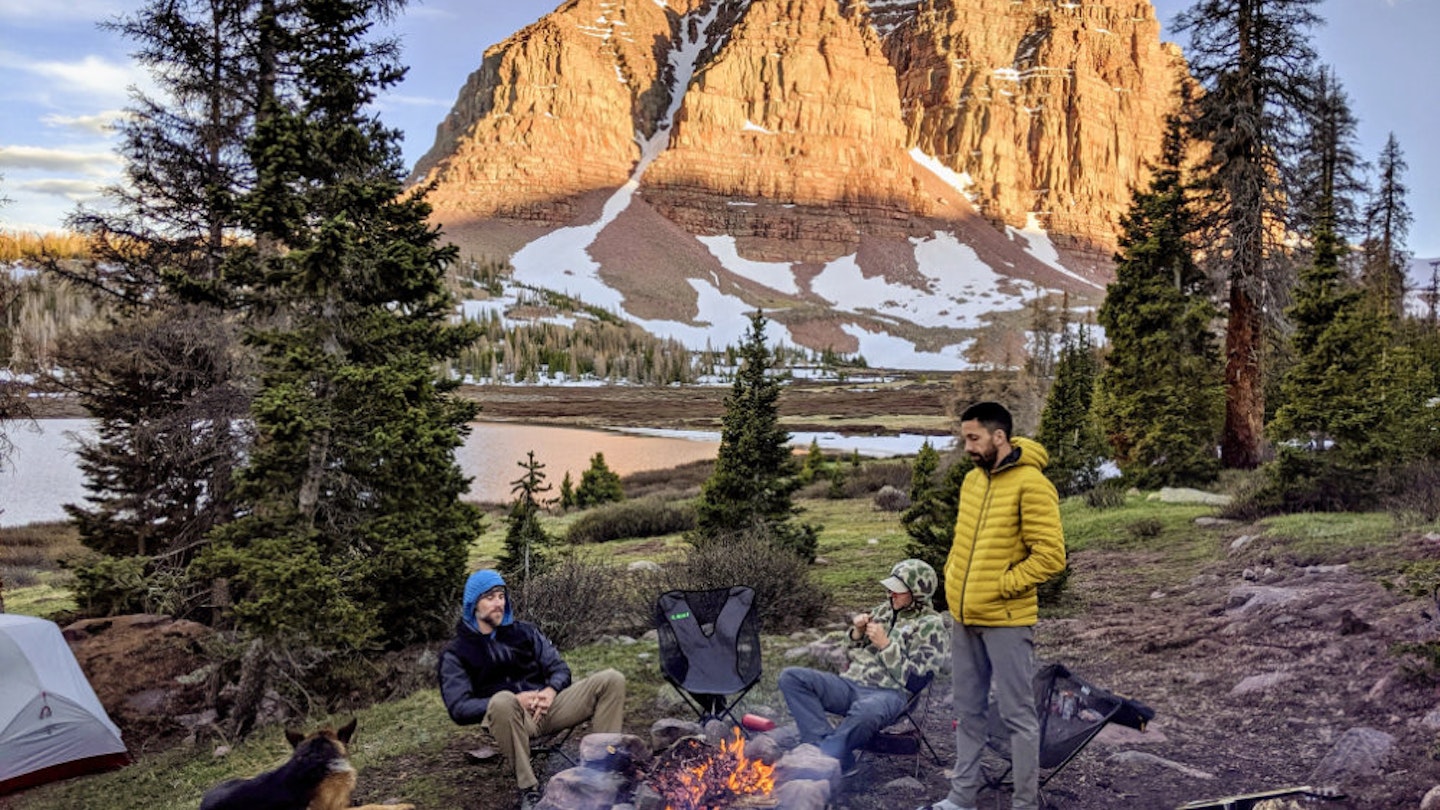Explore Utah’s High Uintas Wilderness: A Hidden Gem
Utah boasts some of the most stunning national parks in the United States, if not North America as a whole. While it’s easy to overlook the state’s numerous state parks and other protected lands, many gems would likely hold national park status if they weren’t nestled among others like those found in the same region. Consequently, one of Utah’s best-kept secrets is waiting to be discovered.
Among these hidden treasures is a wilderness area located in the northeast corner, frequented by locals for decades without drawing broader attention. Following my latest visit, I found myself in a quandary as a journalist. Should I maintain silence to preserve this locals-only retreat, or should I share its magnificence and risk overcrowding?
Where is the High Uintas Wilderness?
Ultimately, this land belongs to everyone, so here’s the scoop: I’m referring to the High Uintas Wilderness. This pristine area is part of both the Uinta-Wasatch-Cache National Forest and Ashley National Forest. The High Uintas, colloquially known as such, were designated in 1984 and are managed by the US Forest Service. As a wilderness area, it allows only hikers, dogs, and pack animals; motorized vehicles are prohibited.
During a recent visit in late June, I explored Red Castle, a popular destination within the Uintas. Surprisingly, my group of four enjoyed complete solitude at the lake, surrounded by the majestic mountains. This experience is not unusual; on a previous trip with the same size group, we shared the lake with only one other campsite—a small group of six from California, who exclaimed how they had never seen such an empty place in the middle of summer, likening it to an undiscovered mini Yellowstone.
This description is quite accurate. While Utah’s national parks are renowned for their impressive red rock formations, the High Uintas offer a vibrant tapestry of greens, blues, browns, and grays, peppered with wildflowers in shades of red, purple, yellow, and orange.

Activities in the High Uintas
Located about two hours east of Salt Lake City, the area is perfect for day hikes, fishing, canoeing, and paddleboarding, especially when accessed from the stunning Mirror Lake Highway. However, the High Uintas truly shine as a backpacker’s paradise, accessible from numerous trailheads. Expect a journey of nearly three hours each way along both paved and gravel roads to reach these stunning destinations.
Once on the trails, you’re about to embark on an adventure that can last hours or even days, leading you to the most secluded areas of this already remote preserve. With over 1,000 lakes, half stocked with fish, you have the potential for bountiful brook trout fishing that rivals the flavor of salmon. I recall my first trip many years ago where, despite not having fished since childhood, I became adept at catching trout by the end of the weekend—ensuring satisfying meals for breakfast, lunch, and dinner.
Visiting the High Uintas: Essential Tips
One of the most notable features of the High Uintas is their unique east-to-west orientation, resulting in unpredictable weather patterns. It’s common to experience rain multiple times in a single day, interspersed with strikingly clear skies. Additionally, be prepared for spectacular thunderstorms at night, followed by breathtaking views of a starry sky.

This means rain gear and layered clothing are essential, even during the hottest summer months, where snow can occasionally surprise visitors. The area experiences significant snowfall in winter, rendering it inaccessible for more than half the year.
Nonetheless, the High Uintas are not without their challenges. Crowds may gather during holiday weekends in July and August, when knowledge of this beautiful locale spreads among locals. However, there’s typically ample room to explore without feeling cramped. In my numerous visits over the years, I have never felt overcrowded in this magnificent landscape.
While concerns may arise following the publication of this article, it often takes a national park designation and convenient access to substantially change visitor patterns. Until then, this isolated, quiet, and breathtaking expanse of mountains and valleys continues to beckon adventure seekers.





